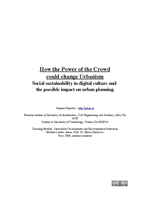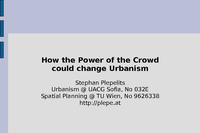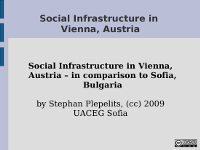Vor ein paar Tagen haben die Wiener Grünen angekündigt, dass der Radstreifen am Getreidemarkt von der Lehárgasse zur Wienzeile weitergeführt werden soll.
Derzeit endet der Radstreifen, der direkt neben dem Gehsteig auf dem Fahrbahnniveau verläuft mit einem lapidaren „Ende“ bei der Lehárgasse. In Zukunft soll der Radstreifen die Auto-Fahrspuren kreuzen und quasi zwischen Geradeausspuren und Linksabbiegespuren weitergeführt werden. Als Alltagsradler in Wien fahre ich diese Variante genauso, allerdings sehe ich für mich einige Nachteile. Derzeit suche ich mir die Stelle an der ich die Fahrspuren kreuze abhängig vom aktuellen Verkehrsaufkommen sehr genau aus. In Zukunft werde ich dazu verdammt sein, genau dem Verlauf zu folgen und vermutlich warten zu müssen bis mir der Autoverkehr ein Kreuzen erlaubt. Man darf nicht vergessen, dass am Getreidemarkt sehr hohe Geschwindigkeiten gefahren werden (auch von den AlltagsradlerInnen).
Ein weiteres Problem löst der vorgeschlagene Plan auch nicht, nämlich die Verbindung Karlsplatz->Getreidemarkt->Museumsquartier, derzeit ist ein mühsamer Umweg über die Nibelungengasse notwendig. Besonders schlimm ist es, wenn man vom Karlsplatz zum TU Audimax möchte (was für hunderte Studierende alltägliche Notwendigkeit ist), da muss man nämlich ebenso über Nibelungengasse -> Eschenbachgasse -> Getreidemarkt fahren (quasi „mit der Kirche ums Kreuz“) oder den Getreidemarkt hinaufschieben. Der Radweg mit einer etwaigen „Gegen die Einbahn“-Öffnung der Lehárgasse wäre auch eine attraktive Verbindung in den 6. Bezirk.
Ich hab mich im Rahmen meines Raumplanungsstudiums vor ein paar Jahren mit der Situation beschäftigt und hab den folgenden Plan erstellt. Ich hab darin einen baulich getrennten Zweirichtungsradweg entlang des Gehsteiges vorgeschlagen. Meiner Meinung nach ist das vor allem für ungeübtere RadlerInnen an dieser Stelle eine bessere Lösung.
Hier gibt’s die ausführliche Beschreibung zum Runterladen: Planung für einen Lückenschluß des Radweges am Getreidemarkt im Bereich Wienzeile (8.2MB, PDF)
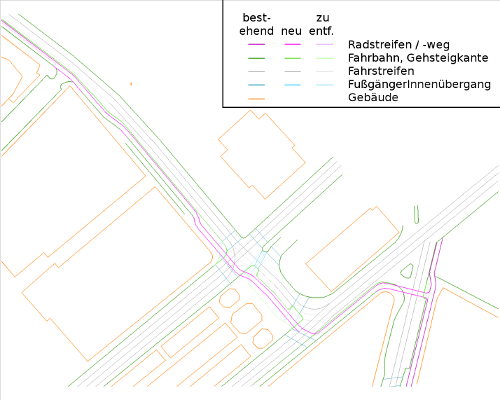
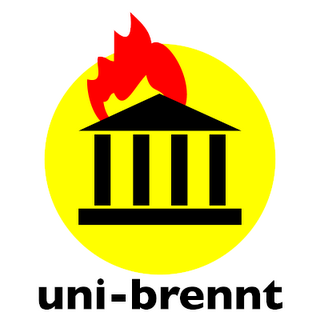 Es begann an der Akademie der bildenden Künste, an der die Einführung von Studiengängen nach dem Bologna-System kurz bevor steht, eine Folge des im Sommer novellierten Universitätsgesetzes. Eine Änderung, die weder bei Lehrenden noch Studierenden auf Gegenliebe stößt, gilt der Bachelorabschluß doch als minderwertig. Jedenfalls wurde im Anschluß an diese Pressekonferenz beschlossen, aus Protest die Aula zu besetzen.
Es begann an der Akademie der bildenden Künste, an der die Einführung von Studiengängen nach dem Bologna-System kurz bevor steht, eine Folge des im Sommer novellierten Universitätsgesetzes. Eine Änderung, die weder bei Lehrenden noch Studierenden auf Gegenliebe stößt, gilt der Bachelorabschluß doch als minderwertig. Jedenfalls wurde im Anschluß an diese Pressekonferenz beschlossen, aus Protest die Aula zu besetzen.